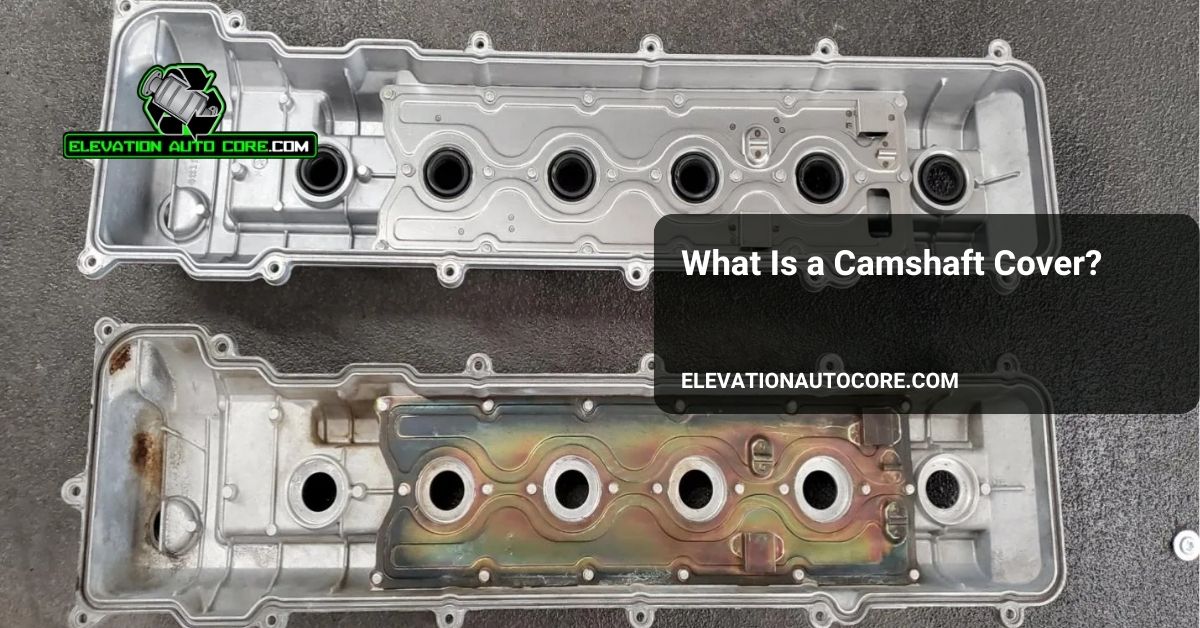What is a camshaft cover, and why does it matter for your engine’s performance? This essential component protects the camshaft while sealing vital engine parts from dirt and debris. Understanding its role can help you maintain your vehicle’s efficiency and avoid costly repairs—keep reading to learn more.
What Is A Camshaft Cover?
A camshaft cover shields the camshaft from contaminants like dirt and debris. Positioned over the camshaft assembly, it keeps the engine’s internal components safe from external elements. This component also functions as a seal, preventing oil leaks that could affect engine performance.
Typically made from durable materials such as aluminum or reinforced plastic, the camshaft cover withstands high temperatures and harsh conditions. Its design ensures proper alignment with the engine block, maintaining a secure seal. Without it, your engine is more vulnerable to damage and inefficiency.
Purpose Of A Camshaft Cover
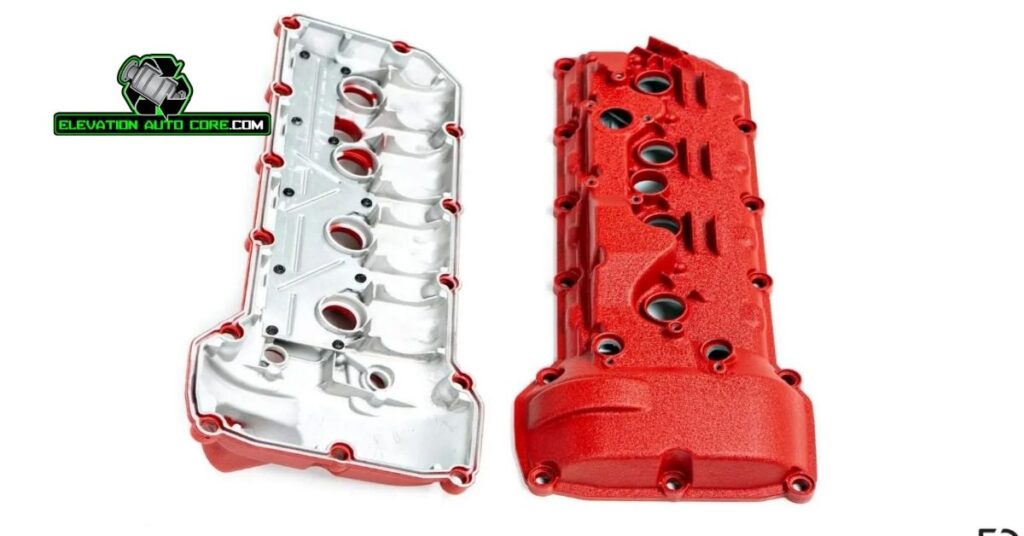
The camshaft cover plays an essential role in maintaining engine reliability and performance. It protects sensitive internal components and ensures oil remains contained for optimal operation.
Protecting The Camshaft
A camshaft cover ensures the camshaft remains shielded from dirt, debris, and moisture. Direct exposure to these elements leads to wear and potential damage, reducing efficiency. By covering the camshaft, it keeps the internal environment clean and extends engine life. Materials like aluminum or reinforced plastic provide durability under extreme conditions.
Preventing Oil Leakage
This cover secures a tight seal to prevent oil from leaking out of the engine. Oil leakage lowers lubrication levels, which risks damage to the camshaft and other components. Proper containment ensures oil flows correctly within the system, maintaining engine performance and avoiding costly repairs. A well-fitted camshaft cover also contributes to reduced emissions by stopping escape points.
Materials Used In Camshaft Covers
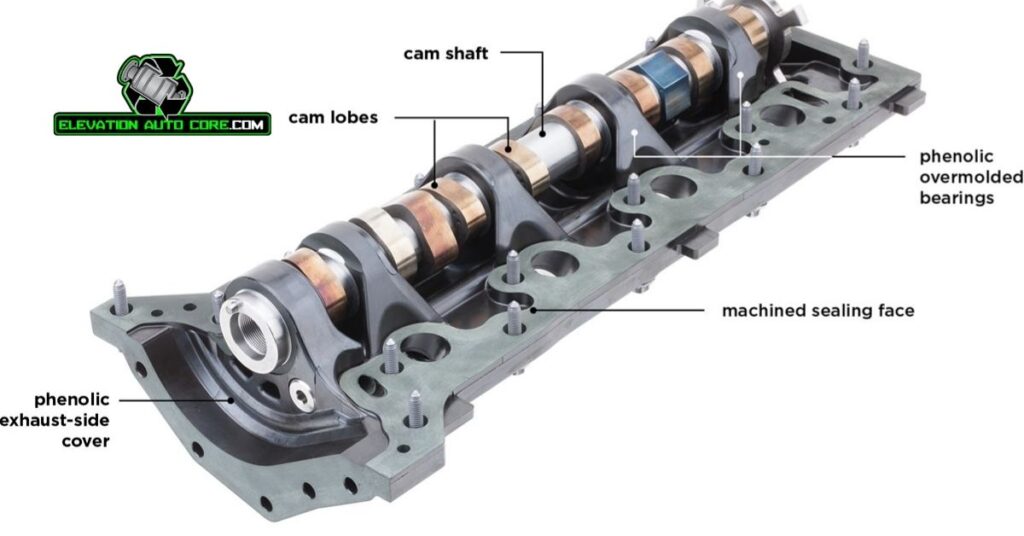
Manufacturers design camshaft covers using materials capable of withstanding engine stress, heat, and environmental exposure. These materials play a key role in durability, sealing, and protecting engine components.
Metal Camshaft Covers
Metal camshaft covers, often made from aluminum or magnesium alloys, offer high strength and heat resistance. Aluminum is lightweight yet durable, enabling effective performance without adding unnecessary weight. Magnesium is another option in performance-focused vehicles, as it combines durability with even lower weight. These covers provide excellent protection in high-temperature environments. Their rigidity ensures tight sealing, minimizing potential oil leaks over prolonged use.
Plastic Camshaft Covers
Plastic camshaft covers, commonly composed of reinforced polymer-composite materials, focus on reducing weight and cost. These materials resist corrosion, unlike metals, making them ideal for use in moisture-heavy environments. Even though being lighter, they maintain structural integrity and durability under typical engine conditions. Composite plastics can also accommodate complex designs, allowing for more intricate sealing features or integration with additional components, which improves overall engine reliability.
Common Issues With Camshaft Covers
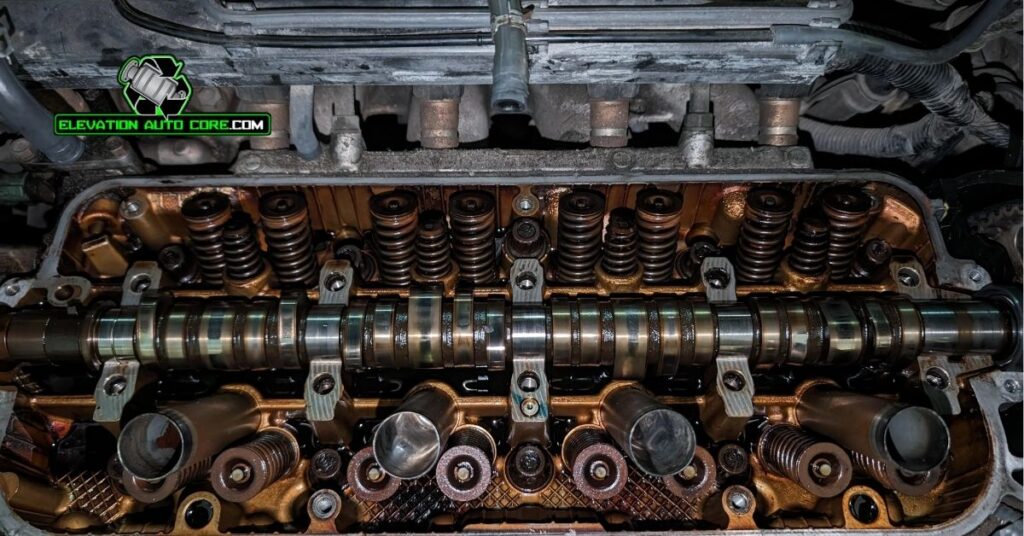
Problems associated with camshaft covers often impact engine performance and reliability. Recognizing these issues early can help avoid costly repairs and ensure efficient engine operation.
Wear And Tear
Regular engine use leads to gradual deterioration of the camshaft cover. Over time, materials may weaken due to constant exposure to heat, vibration, and environmental elements. Poor maintenance can accelerate this wear, resulting in cracks or deformation of the cover. For instance, aluminum covers may develop small fractures under intense thermal stress, while reinforced plastic covers could warp if subjected to prolonged high temperatures.
Oil Leakage Problems
Oil seepage commonly occurs when the seal between the camshaft cover and engine block fails. Aging gaskets often harden or lose elasticity, diminishing their ability to maintain a secure seal. Excessive oil leaks might produce visible stains beneath the vehicle or cause low oil pressure warning lights. If unchecked, escaping oil can damage engine components or increase emissions.
Importance Of Maintaining A Camshaft Cover
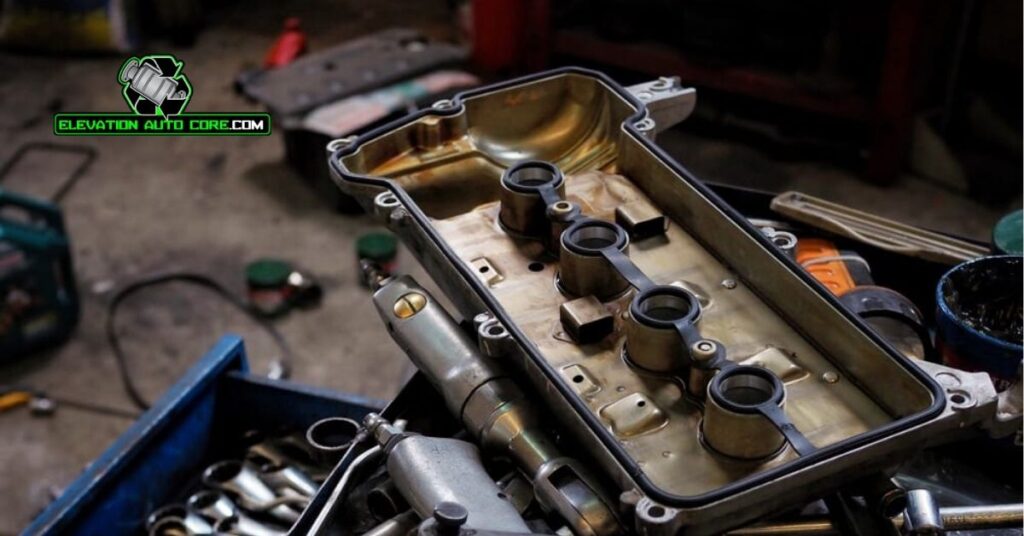
Maintaining the camshaft cover ensures engine reliability and prevents costly damage. It protects vital components from wear, contamination, and oil leaks that compromise performance.
Regular Inspections
Frequent inspections of the camshaft cover are critical for identifying small issues before they escalate. Examine the cover for cracks, deformation, or other visible signs of wear that could lead to oil leaks or engine contamination. Pay attention to the gasket, which often deteriorates with heat and age, resulting in an ineffective seal. Use scheduled maintenance checks to ensure the cover’s integrity and alignment remain intact, safeguarding internal engine components.
Timely Replacements
Replacing a camshaft cover prevents more severe engine problems when its condition declines significantly. Cracked or deformed covers should be replaced promptly to avoid further damage to the camshaft and surrounding parts. Ensure that gaskets are also replaced during this process since they often determine how well the cover seals. Use covers made from high-quality materials like aluminum or reinforced plastic to optimize durability and performance for long-term reliability.
Conclusion
A camshaft cover plays an essential role in protecting your engine’s performance and longevity. By shielding critical components and ensuring a proper seal, it helps maintain optimal efficiency and prevents costly damage. Regular inspections and timely maintenance are key to keeping it in top condition. Prioritize quality materials and proactive care to ensure your engine runs smoothly for years to come.

